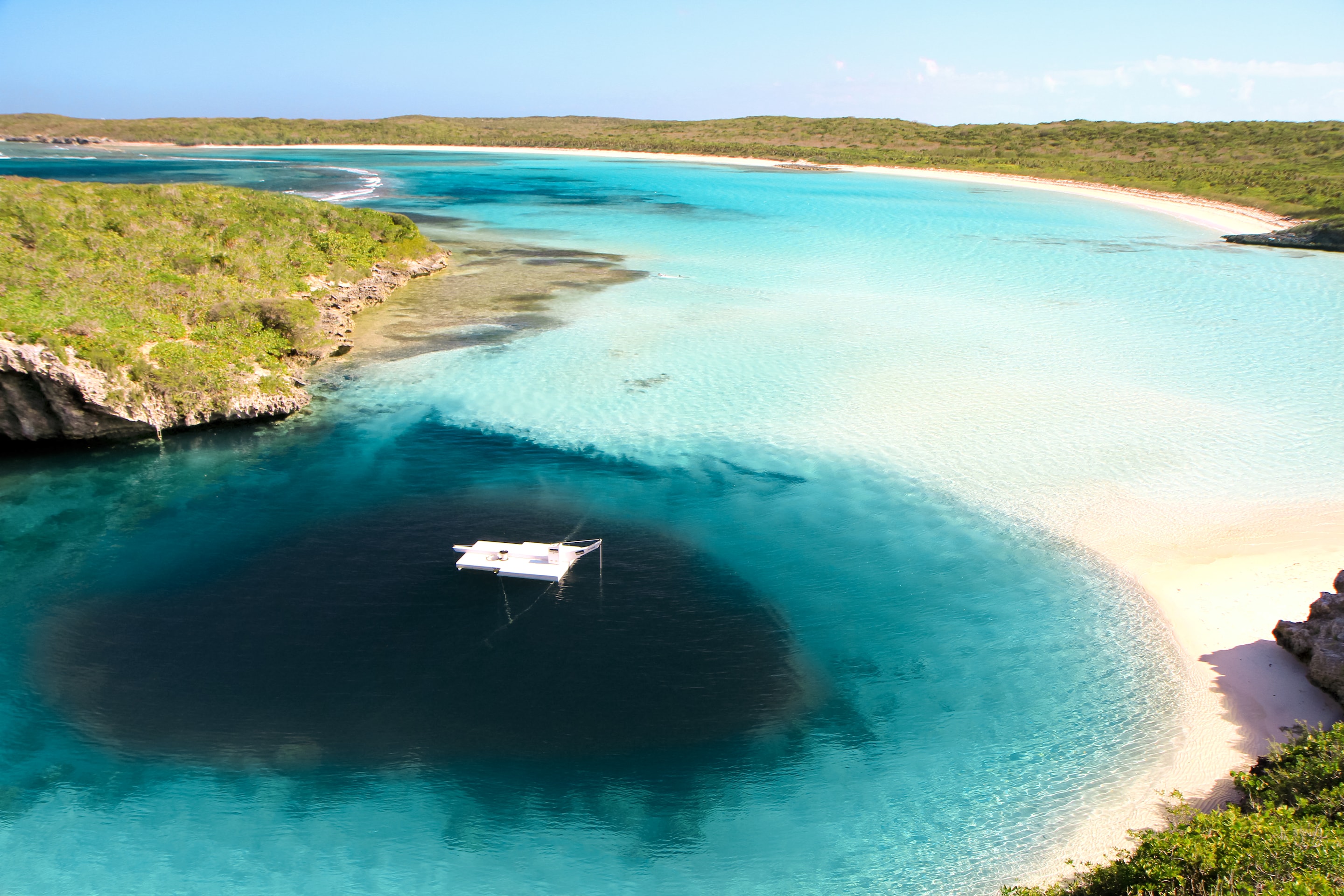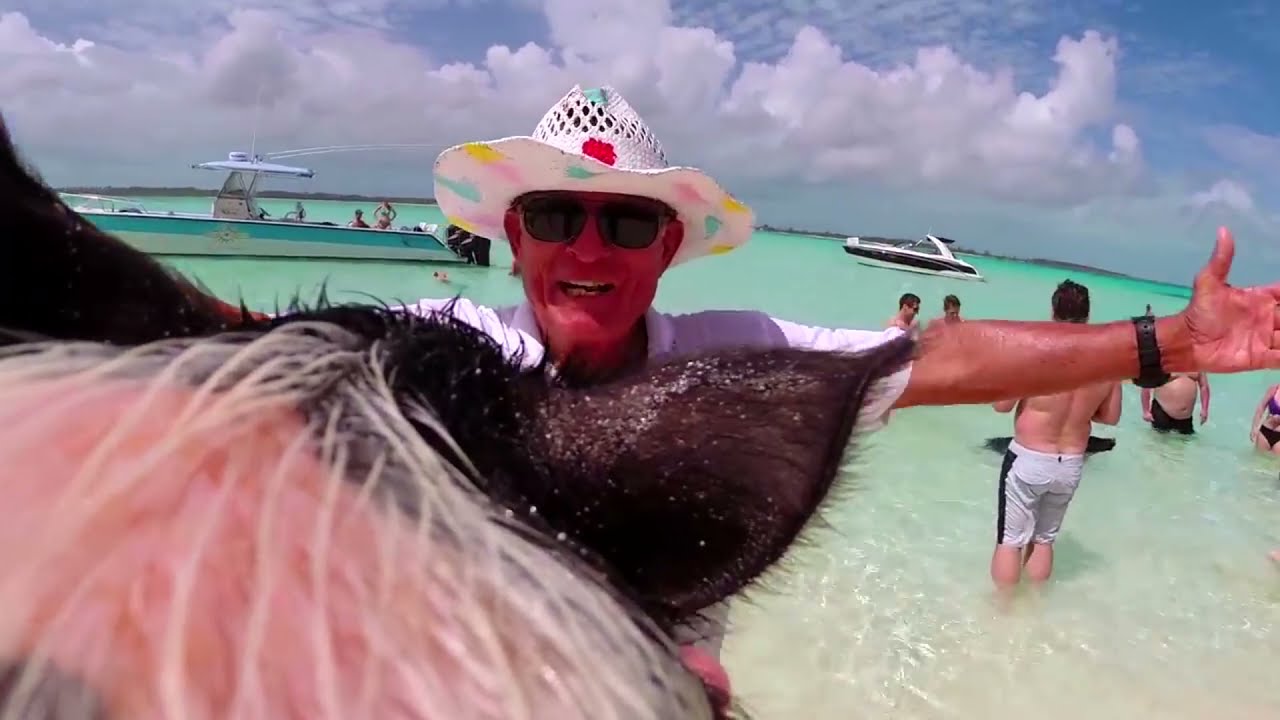
The Bahamas is a stunning archipelago of more than 700 islands, cays and islets located in the Atlantic Ocean. It is an ideal destination for nature lovers, as it offers an abundance of wildlife and natural beauty. From pristine beaches, breathtaking landscapes, crystal-clear waters, to a wide range of flora and fauna, the Bahamas has something for everyone. In this article, we will explore the diverse wildlife that the Bahamas has to offer, along with the best ways to experience it.
The Importance of Protecting Bahamas Wildlife

As with many island nations, the biodiversity of the Bahamas is at risk due to human activities. Climate change, habitat destruction, and pollution are major threats to the unique flora and fauna found throughout the Bahamas. As visitors to this beautiful country, it is our responsibility to help protect its natural resources. By supporting ecotourism activities, conserving water and energy, and respecting wildlife habitats, we can contribute to sustainable tourism practices that protect the environment while providing economic benefits to local communities.
Land-Based Wildlife in the Bahamas
The Bahamian Rock Iguana

One of the most iconic species found in the Bahamas is the Bahamian Rock Iguana. These reptiles are only found on a few islands in the Exumas and the Bight of Acklins. They are known for their spiky appearance and can grow up to three feet long. Unfortunately, they are an endangered species, with only around 3,000 remaining in the wild. However, there are several conservation efforts underway to protect and preserve these fascinating creatures.
The Abaco Parrot
The Abaco Parrot is another unique land-based species found in the Bahamas. These birds are also known as the Bahama Parrot or the Bahama Amazon, and they are the only surviving parrots that are native to the Bahamas. They have a bright green plumage and can live up to 30 years in the wild. The Abaco Parrot is also critically endangered due to habitat loss and illegal pet trade. Visitors can help support conservation efforts by participating in organized birdwatching tours or visiting the Abaco National Park, where these birds can be spotted in their natural habitat.
The Andros Island Boa
The Andros Island Boa is a non-venomous snake species found only on Andros Island. These snakes can grow up to six feet long and are known for their distinctive black and yellow markings. While they may seem intimidating, they play an important role in the ecosystem by controlling rodent populations. Visitors can observe these fascinating creatures at the Androsia Batik Factory and Andros Island Nature Reserve.
Marine Wildlife in the Bahamas
Coral Reefs
The Bahamas is home to some of the most vibrant and diverse coral reefs in the world. Coral reefs provide vital habitats for a wide range of marine species, including fish, sea turtles, and sharks. Unfortunately, coral reefs are under threat from climate change, overfishing, and pollution. Visitors can support conservation efforts by practicing responsible snorkeling and diving practices, such as not touching or standing on the coral and avoiding the use of chemical sunscreens that harm marine life.
Sea Turtles
The Bahamas is a critical nesting site for several species of sea turtles, including hawksbill, loggerhead, and green turtles. These gentle giants play an important role in maintaining healthy marine ecosystems by grazing on seagrass beds and controlling sponge populations. Visitors can contribute to sea turtle conservation efforts by participating in guided turtle watching tours or volunteering with local organizations that work to protect nesting sites.
Sharks
Sharks are often misunderstood creatures, but they play a crucial role in keeping marine ecosystems healthy. The Bahamas is home to more than 40 species of sharks, including the iconic hammerhead shark and the fearsome tiger shark. Visitors can observe these magnificent creatures in their natural habitat by participating in shark diving tours, which are available on several islands throughout the Bahamas.
Wildlife-Friendly Activities in the Bahamas
Birdwatching
The Bahamas is a paradise for birdwatchers, with over 300 species of birds recorded throughout the islands. Some of the best places to spot birds include Inagua National Park, Abaco National Park, and the Andros Island Nature Reserve. Visitors can also participate in organized birdwatching tours led by experienced guides who can help identify different species and provide insights into their behavior and habitats.
Kayaking and Paddleboarding
Kayaking and paddleboarding are eco-friendly ways to explore the beautiful waters around the Bahamas while minimizing disturbance to marine life. These activities offer a unique perspective on the islands’ natural beauty and allow visitors to get up close and personal with wildlife such as sea turtles and rays. Several tour companies offer guided kayaking and paddleboarding tours that take visitors to secluded coves and mangrovetunnels where they can observe a variety of marine life.
Island Hopping
The Bahamas is made up of over 700 islands, each with its own unique flora and fauna. Island hopping is an excellent way to discover the diversity of wildlife found throughout the archipelago. Visitors can explore uninhabited islands, hike through nature reserves, and even visit pig island, where wild pigs roam free on the beach. Island hopping tours are available on several islands and offer a range of activities, from snorkeling and fishing to hiking and birdwatching.
Conclusion
The Bahamas is a paradise for nature lovers, with diverse wildlife and natural beauty that are truly awe-inspiring. From land-based species like the Bahamian Rock Iguana and the Abaco Parrot to marine creatures such as sea turtles and sharks, the Bahamas offers a unique opportunity to experience wildlife in their natural habitat. By practicing responsible tourism and supporting conservation efforts, visitors can help protect the biodiversity of this beautiful country for generations to come.